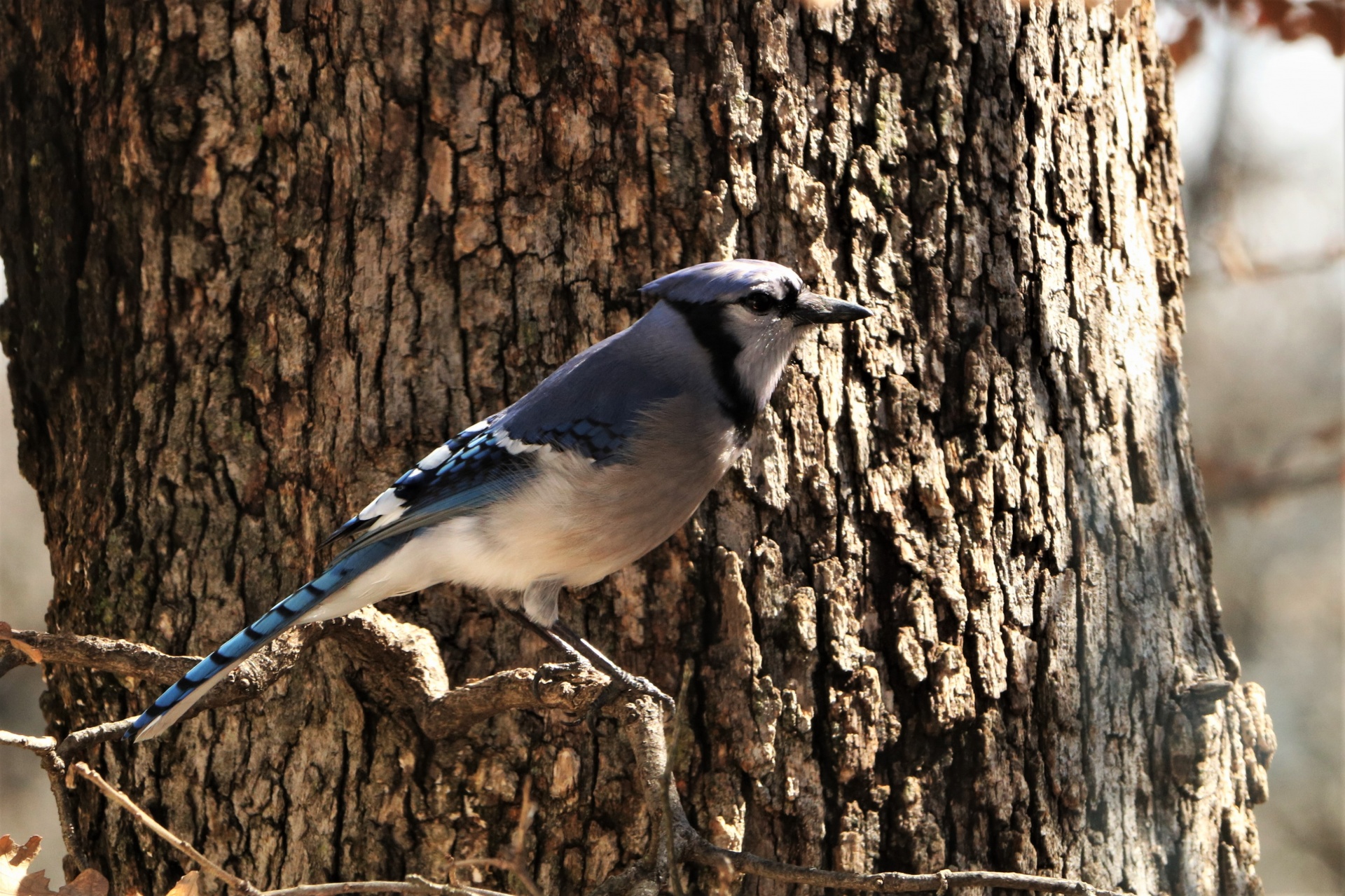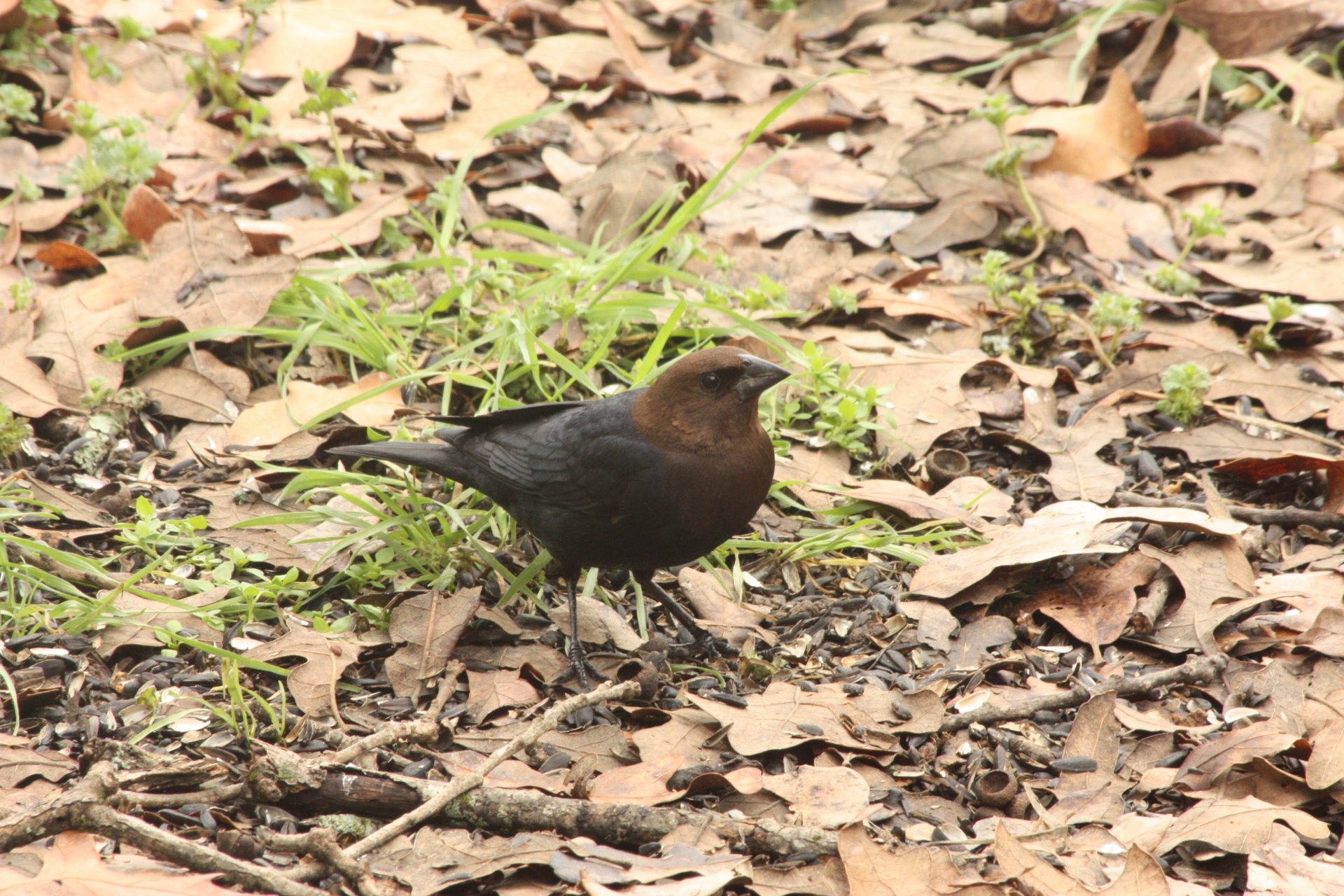April 2, 2020
Northern Mockingbird (?)
I think this is a Northern Mockingbird...I hope it returns tomorrow so I can look again and hopefully identify it by its call.
Mourning Dove
Just spotted a mourning dove, my favorite bird of all time, and was able to get a fairly clear picture!
From Wikipedia:
The mourning dove (Zenaida macroura) is a member of the dove family, Columbidae. The bird is also known as the American mourning dove or the rain dove, and erroneously as the turtle dove, and was once known as the Carolina pigeon or Carolina turtledove. It is one of the most abundant and widespread of all North American birds.
From Wikipedia:
The mourning dove (Zenaida macroura) is a member of the dove family, Columbidae. The bird is also known as the American mourning dove or the rain dove, and erroneously as the turtle dove, and was once known as the Carolina pigeon or Carolina turtledove. It is one of the most abundant and widespread of all North American birds.
Unidentified bird
Seen this morning around 9am. Small bird about the size of a cardinal, uniformly light brown on top, whitish belly. Colored similarly to a hermit thrush.
April 1, 2020
Blue Jay
Saw and heard this fellow in my walnut tree this morning...
 |
| Photo Credit: Sheila Brown |
The blue jay (Cyanocitta cristata) is a passerine bird in the family Corvidae, native to North America. It resides through most of eastern and central United States, although western populations may be migratory. Resident populations are also found in Newfoundland, Canada, while breeding populations can be found across southern Canada. It breeds in both deciduous and coniferous forests, and is common in residential areas. It is predominantly blue with a white chest and underparts, and a blue crest; it has a black, U-shaped collar around its neck and a black border behind the crest. Males and females are similar in size and plumage, and plumage does not vary throughout the year. Four subspecies of the blue jay have been recognized...
The blue jay mainly feeds on nuts and seeds such as acorns, soft fruits, arthropods, and occasionally small vertebrates. It typically gleans food from trees, shrubs, and the ground, though it sometimes hawks insects from the air.
Brown-Headed Cowbird
I saw this bird at my feeder this morning for the first time; I've never seen it before, but upon further research they appear to be quite common along the East Coast.
 |
| Photo Credit: Sheila Brown |
The brown-headed cowbird (Molothrus ater) is a small obligate brood parasitic icterid of temperate native to subtropical North America...
The brown-headed cowbird is typical for an icterid in general shape, but is distinguished by a finch-like head and beak and its smaller size. The adult male is iridescent black in color with a brown head. The adult female is slightly smaller and is dull grey with a pale throat and very fine streaking on the underparts...
The species lives in open or semi-open country and often travels in flocks, sometimes mixed with red-winged blackbirds (particularly in spring) and bobolinks (particularly in fall), as well as common grackles or European starlings.[2] These birds forage on the ground, often following grazing animals such as horses and cows to catch insects stirred up by the larger animals. They mainly eat seeds and insects.
Before European settlement, the brown-headed cowbird followed bison herds across the prairies. Its population expanded with the clearing of forested areas and the introduction of new grazing animals by settlers across North America. Brown-headed cowbirds are now commonly seen at suburban birdfeeders.
Subscribe to:
Posts (Atom)


